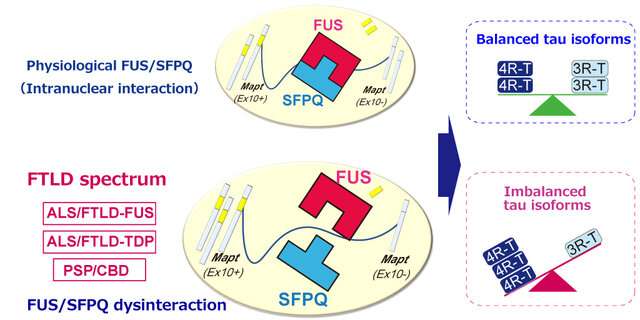
Frontotemporal lobar degeneration (FTLD) is a type of dementia that appears earlier in life than Alzheimer’s disease (AD). Both FTLD and AD, along with several other neurodegenerative diseases, are marked by the appearance and…

Frontotemporal lobar degeneration (FTLD) is a type of dementia that appears earlier in life than Alzheimer’s disease (AD). Both FTLD and AD, along with several other neurodegenerative diseases, are marked by the appearance and…